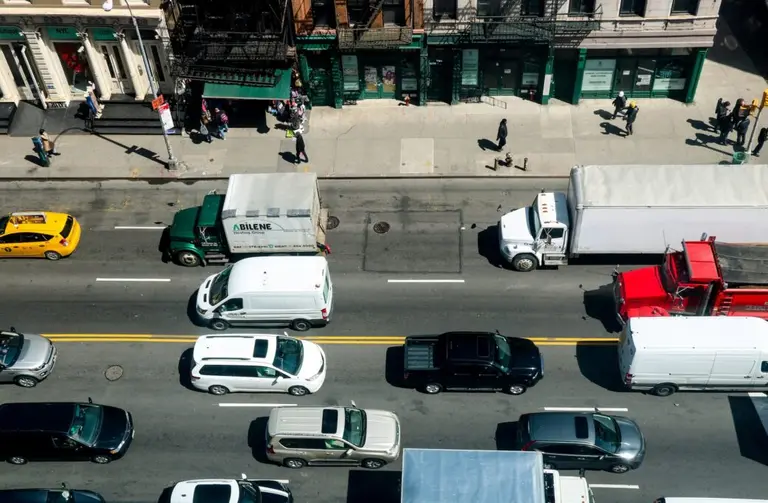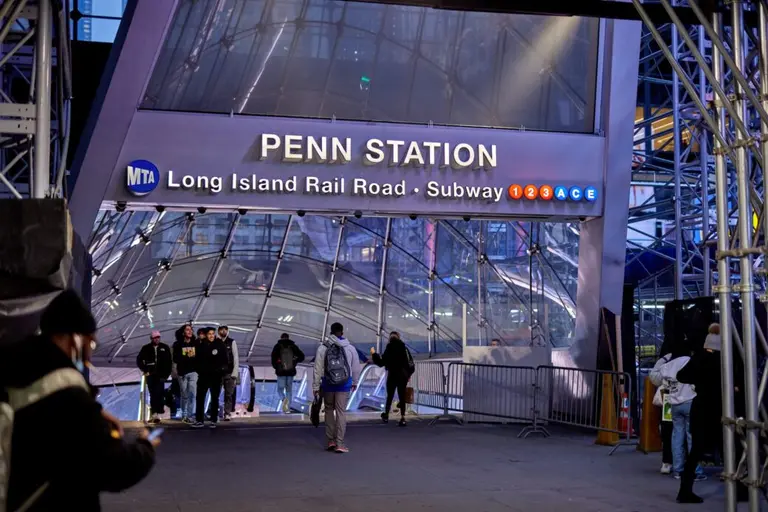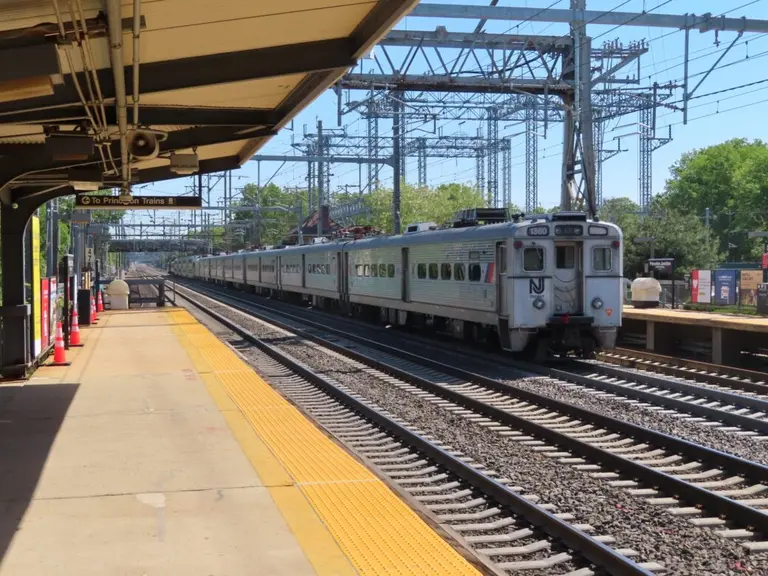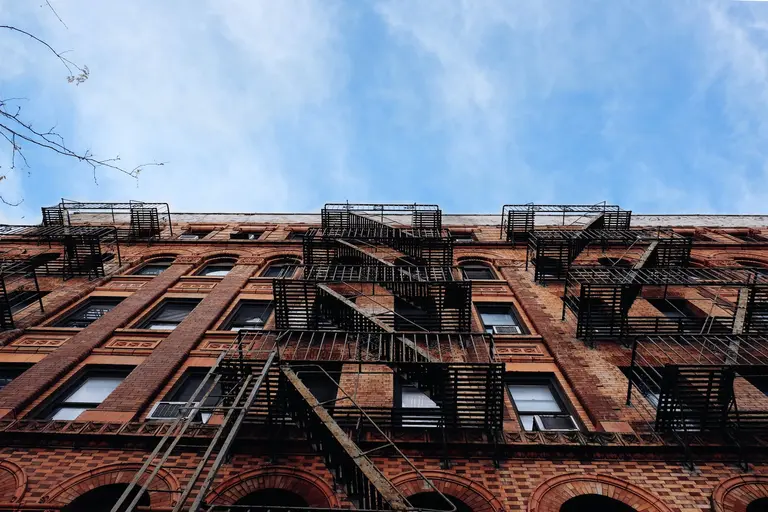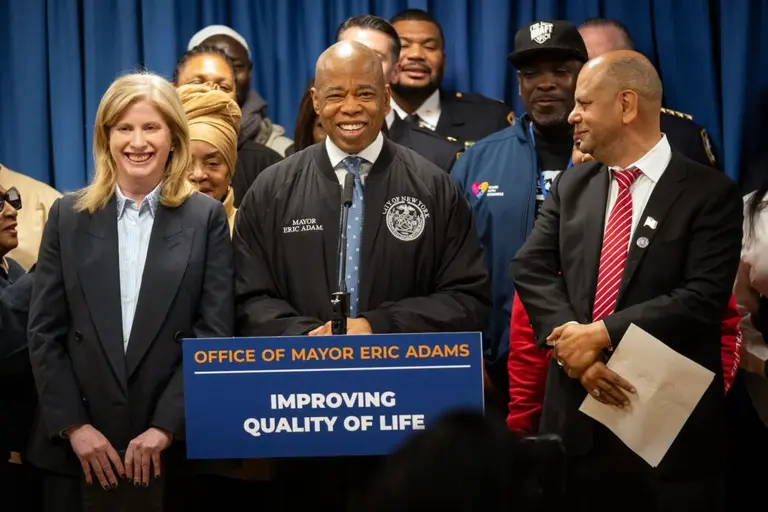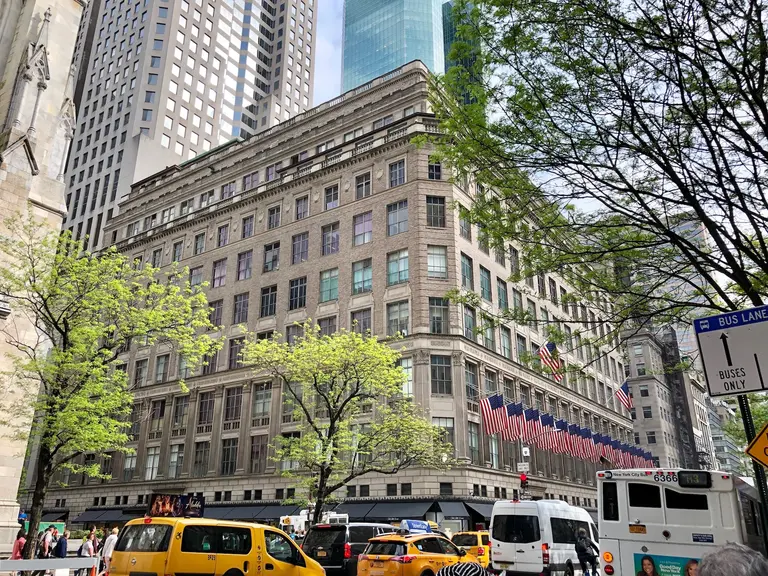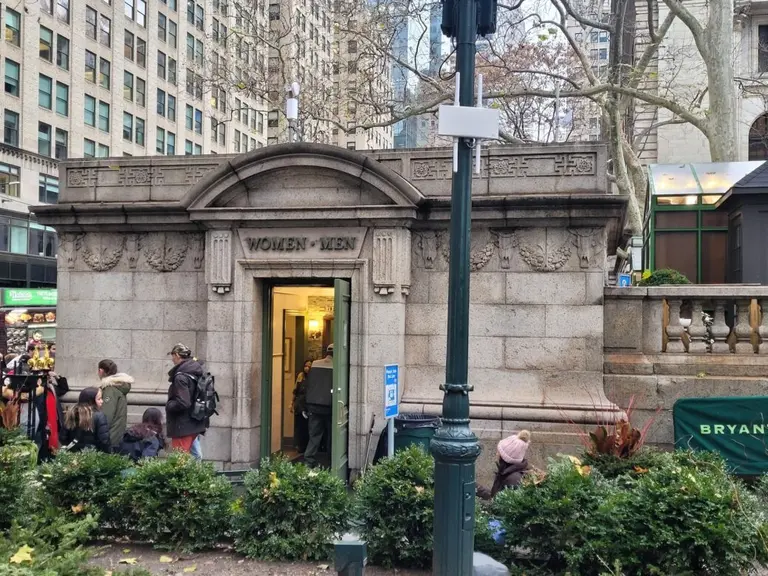Supreme Court votes to end eviction moratorium. What does it mean for New Yorkers?

Photo by Norbert Kundrak on Unsplash
Last night the Supreme Court voted 6-3 (three liberal Supreme Court justices dissented) to end the CDC’c eviction moratorium that covered renters in counties experiencing high levels of Covid-19 transmission, which included all of New York City. “If a federally imposed eviction moratorium is to continue, Congress must specifically authorize it,” the Supreme Court said in an eight-page opinion. And with New York State’s own eviction moratorium ending in just four days, there is much confusion and fear over what this means for affected New Yorkers.
The Court’s decision went on to say, “It would be one thing if Congress had specifically authorized the action that the CDC has taken. But that has not happened. Instead, the CDC has imposed a nationwide moratorium on evictions in reliance on a decades-old statute that authorizes it to implement measures like fumigation and pest extermination. It strains credulity to believe that this statute grants the CDC the sweeping authority that it asserts.”
The reference is to the Public Health Service Act of 1944, which authorized the agency to take certain measures, such as imposing quarantines, in response to public health emergencies. The CDC maintains that this was warranted, as ending the eviction moratorium will lead to more COVID spread, they say.
In response to the decision, White House press secretary Jen Psaki said in a statement, “President Biden is once again calling on all entities that can prevent evictions – from cities and states to local courts, landlords, cabinet agencies – to urgently act to prevent evictions.”
To that end, Mayor de Blasio Tweeted: “A group of right wing extremists just decided to throw families out of their homes during a global pandemic. This is an attack on working people across our country and city. New York won’t stand for this vile, unjust decision.”
Likewise, Governor Hochul said in a statement, “I am very disappointed in the Supreme Court’s appalling and insensitive ruling that eliminates a key line of defense for tenants facing housing insecurity during the ongoing pandemic, and we are exploring all options to further protect New Yorkers from eviction, including with the legislative leaders.”
Congress first put in place an eviction moratorium in March 2020 as part of the CARES Act. When that expired, the CDC’s temporary moratorium on evictions was put in place under the Trump administration in September 2020 and was extended several times. The latest iteration, which went into effect in early August due to a rise in COVID cases from the Delta variant, was set to expire on October 3. It covered areas with “substantial or high” levels of COVID transmission, which equated to 90 percent of the country. The CDC said extending the order would allow “additional time for rent relief to reach renters and to further increase vaccination rates.”
But in May, a federal judge ruled in favor of a group of landlords from Alabama and Georgia who said the CDC was overstepping its authority and sent the case to the Supreme Court. The group claimed the moratorium is costing landlords up to $19 billion each month.
Despite the Supreme Court’s new ruling, New York State’s eviction moratorium remains in effect until the end of the month–which is four days away. Further complicating matters is the fact that two weeks ago, the Supreme Court also voted down New York’s COVID Emergency Eviction and Foreclosure Prevention Act, the part of the moratorium that protected tenants who filed a declaration of hardship due to the pandemic and allowed them to file a document instead of providing evidence in court. The law went into effect in December 2020 was set to expire on August 31. But as 6sqft reported, the Supreme Court said it was “likely unconstitutional as landlords had no way to challenge a tenant’s hardship claim.”
If Congress or the state government doesn’t act, countless renters will be in jeopardy come September. One mode of assistance is New York State’s Emergency Rental Assistance Program (ERAP), which includes $2.7 billion in state and federal aid for rent relief. The program launched under Governor Cuomo in early June, but by the end of that month, New York was one of only two states that had not sent out funds to renters. As 6sqft explained:
The program helps households that have experienced financial hardship, are at risk of homelessness, and who earn at or below 80 percent of the area median income. Those who qualify could receive up to 12 months of past-due rent, three months of prospective rental assistance, and 12 months of utility arrears.
The payments go directly to landlords, who must agree to waive any late fees due on past-due rent, not increase monthly rent, and not evict tenants for one year.
In her statement issued today, Governor Hochul said, “It is critical that New Yorkers know that anyone who applies to the rent relief program will automatically be protected from eviction while their application is pending.”
Earlier this week, the governor announced that the state will invest an additional $1 million in marketing and outreach efforts to raise awareness about the rent relief program. “I am not at all satisfied with the pace that this COVID relief is getting out the door. I want the money out—and I want it out now. No more excuses and delays,” she said during her first address as governor on Tuesday.
The larger, federal ERAP program includes a total of $46.5 billion in rental aid. As the New York Times reported, Treasury Department data released on Wednesday shows that only $1.7 billion of this had been distributed by the end of July. “That cash was slated to be spent over three years, but White House officials — who have spent months pressuring local officials and tweaking the program to make access easier — had hoped states would have spent much more by now,” explained the Times.
Another avenue for affected New Yorkers is the Tenant Safe Harbor Act, a state law that prevents residential eviction for nonpayment of rent that accrued during the Covid State of Emergency–between March 7 and June 24, 2021–if tenants can demonstrate financial hardship. Sponsored by Senator Brad Hoylman and Assembly Member Jeffrey Dinowitz, it was signed into law by Governor Cuomo on June 30, 2020.
The Washington Post reports that, according to a Center for Budget and Policy Priorities estimate based on U.S. Census Bureau data, “at least 11 million renters in the United States have fallen behind on payments and some 3.6 million households could face evictions in the coming months.” And as 6sqft reported earlier this month, “According to data by the research group National Equity Atlas, over 830,000 households in New York are behind on rent, with the average rent debt per household at $4,000.”
If you are facing eviction, you may be able to receive free legal help through the city’s Office of Civil Justice. Reach the tenant helpline by calling 311. More information on free legal assistance offered by the city can be found here. And you can apply for the Emergency Rental Assistance program here.
RELATED:

